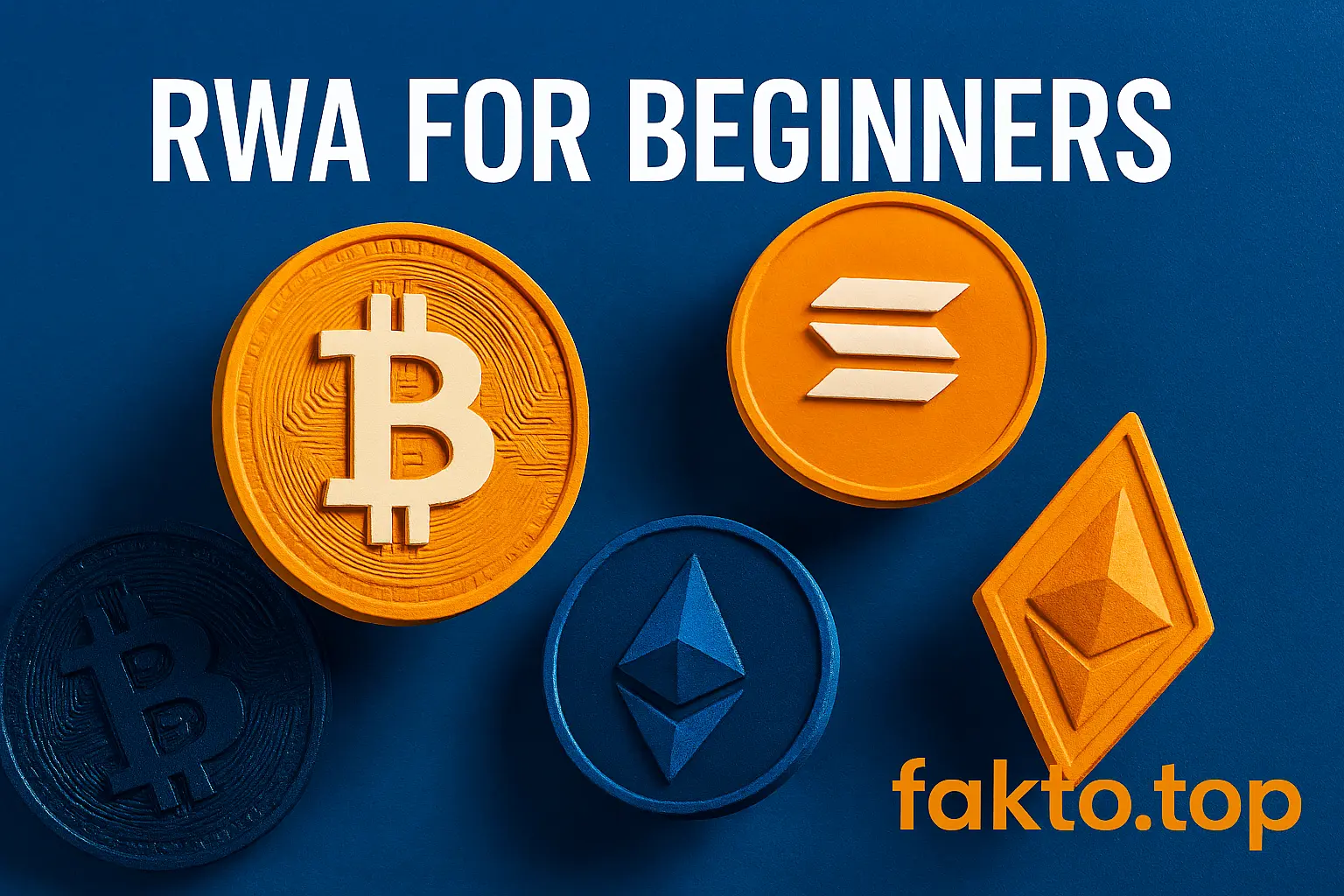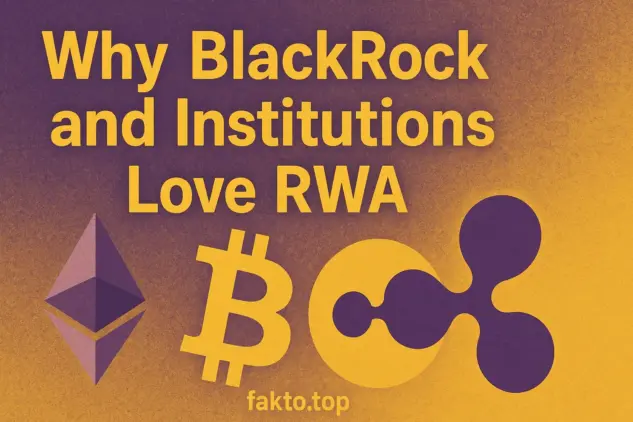Tokenized Treasuries and the RWA Revolution: Your Beginner’s Guide to Stable Crypto Yield
Welcome to the new era of crypto — one where your money doesn’t have to ride a rollercoaster. If you’ve ever bought crypto and felt your stomach drop with every price swing, you’re not alone. Volatility has been the name of the game, with memes, hype coins, and “get rich fast” promises dominating the headlines.
But there’s a calmer, smarter way to get involved in crypto — one that’s backed by real-world assets (RWA) and gives you a predictable yield. Think of it as taking the stability of your savings account, sprinkling in the speed and efficiency of crypto, and turning it into something modern and secure. Sound boring? Not at all. Safe doesn’t mean slow — it means smart.
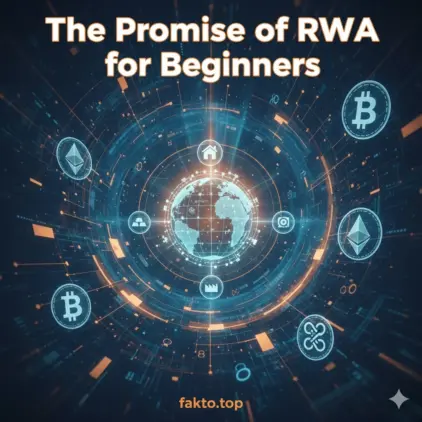
Tokenized Treasuries and the RWA Revolution
The Digital Receipt Analogy: RWA Explained Simply
Imagine this: every time you own a Treasury bond or a government-backed note, you get a digital twin — a token on a blockchain. This token is like a digital receipt, showing your claim on a real, tangible asset. You don’t hold a physical paper or coin, but the value is real and guaranteed by law. That’s RWA in a nutshell: a bridge between the traditional, safe world of finance and the cutting-edge world of blockchain.
Why Tokenized Treasuries Are Different
Tokenized Treasuries let you earn U.S. government-level yield, but with crypto-like efficiency. You can trade, redeem, or check your holdings anytime, anywhere — 24/7, without waiting for banks or brokers. It’s like having your money work while you sleep, and without the usual risk rollercoaster of crypto markets.
Stable Returns vs. Wild Speculation
Unlike meme coins or highly speculative altcoins, RWA is about stability. Imagine holding DOGE or Shiba Inu — the price can skyrocket or crash in hours. Now imagine owning a token that represents a Treasury bond. Your value might inch up or down slightly, but you’re insulated from chaos. It’s safe, predictable, and still part of the blockchain ecosystem.
The Promise of RWA for Beginners
For newcomers, this is a golden entry point. You can start small, understand the flow of crypto without risking your financial peace of mind, and gradually explore more advanced assets later. RWA teaches you how blockchain can be applied to real-world finance, without needing a PhD in crypto.
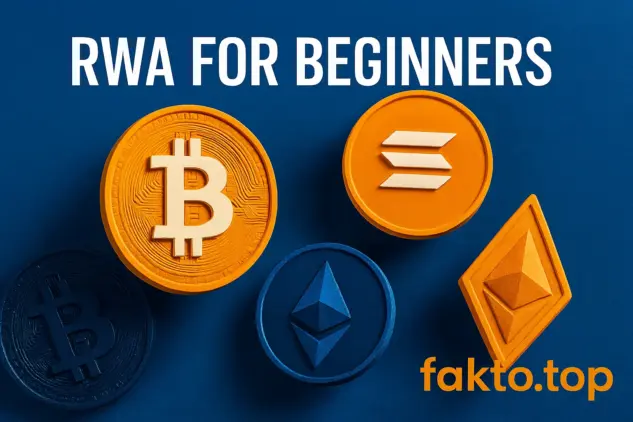
By the end of this guide, you’ll know exactly what RWA is, why Treasuries are considered one of the safest investments, and how Custodians and SPVs keep your digital receipts secure. Ready? Let’s demystify the crypto world and make your money work smarter, not harder.
Pillar 1 & 2: What is a Real-World Asset (RWA) and Why It Matters to You
The Digital Receipt Analogy: RWA Explained Simply
Think of a tokenized RWA like a ticket to a concert you already paid for. The concert exists — it’s real, tangible, and backed by a promoter (in this case, the government or a licensed custodian). The ticket itself is just a digital claim. Similarly, RWA tokens are digital claims on real assets such as U.S. Treasuries, bonds, or other low-risk instruments. You own the value, not just a speculative idea.
This is important because the crypto space is full of hype and guesswork. RWA gives you a stable base. The asset isn’t floating in cyberspace — it’s anchored by law, custodians, and verifiable documentation. You can think of it as having a savings account that never closes, only better and faster.
Tokenized Treasuries: The Safest Yield in the World
What is a U.S. Treasury?
A Treasury is simply a loan you give to the U.S. government. They promise to pay it back with interest. It’s backed by the full faith of the U.S., which is why it’s considered virtually risk-free. Tokenizing it doesn’t change the underlying safety — it just gives you a digital version you can hold, transfer, and track instantly.
Why it Beats Your Savings Account
Traditional banks might give you 0.5% interest, if you’re lucky. A U.S. Treasury might offer 5% — ten times more! Combine that with the efficiency of blockchain, and you can check your yield anytime, anywhere. Plus, settlement is near-instant (T+0), not delayed by banking hours or weekends. Your money moves at digital speed.
RWA vs. Old Crypto: Stability over Speculation
Old crypto projects often promise moonshots. Prices can swing wildly on rumors, tweets, or hype. RWA is different. It’s built for people who want exposure to crypto innovation without betting their life savings on volatility. Stability doesn’t sound exciting until you realize it protects your capital, while still giving better returns than most banks.
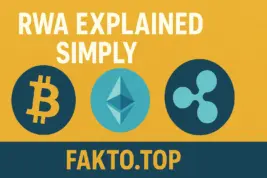
RWA also opens doors to new possibilities. You can fractionalize investments, diversify easily, and hold globally recognized assets without dealing with paperwork, brokers, or bank delays. It’s crypto efficiency meets traditional finance reliability — a combination that’s hard to beat.
For a deeper dive into how real-world assets are managed at the institutional level, explore our detailed breakdown of tokenized treasuries and rwa tokenization: institutional analysis, custody risk, and sto compliance. This piece expands on advanced concepts like security token compliance, institutional-grade custody, and regulatory frameworks. It’s ideal for readers who want to go beyond the basics and understand how large players approach tokenized finance. By comparing both perspectives, beginners can bridge the gap toward professional-level RWA insight.
Bottom Line
Real-World Assets are the bridge. They take the safest, most predictable financial instruments and give them a blockchain upgrade. You get digital receipts for real value, near-instant access, and transparency — all while learning the ropes of crypto safely. If you’ve ever wanted to explore crypto without feeling like you’re walking a tightrope, this is your way in.
Pillar 3: Your Safety Net — How RWA Protects Your Investment
The Custodian: The Banker Who Holds the Keys
One of the biggest fears in crypto is: “What if the platform shuts down or disappears?” That’s where the Custodian comes in. Think of them as a licensed banker who physically holds the asset for you. If you own a Treasury token, the bond itself isn’t sitting on the platform; it’s safely held by a Custodian — a regulated, trustworthy institution.
The Custodian ensures your investment is legally protected. Even if the crypto platform crashes or faces technical issues, your asset remains secure. It’s like having a safety deposit box in a top-tier bank — except digital, transparent, and accessible anytime.
What Happens if the Platform Shuts Down? Introducing the SPV
Even with a Custodian, platforms have operational risk. That’s why many use a Special Purpose Vehicle (SPV). Think of the SPV as a legal “safety box.” It separates your assets from the company’s own holdings. If the company goes bankrupt or faces legal trouble, the SPV ensures your tokens remain untouched. You’re protected by law, not just by code.
This legal shield is one of the reasons institutions like BlackRock are entering the RWA space. They don’t gamble on hype; they invest in assets with predictable returns and proper legal protection. The SPV makes tokenized Treasuries compliant, safe, and appealing to big investors — and now, accessible to beginners like you.
Institutions are not chasing memes; they chase certainty. RWA allows them to combine blockchain efficiency with regulatory compliance. Big players like BlackRock love it because it saves operational costs, reduces settlement delays, and ensures legal certainty. If it’s safe enough for global giants, it’s a solid choice for anyone cautious about their first crypto step.
Bottom Line: Legal Safety Over Hype
RWA is designed for those who want real exposure to blockchain without risking chaos. The Custodian holds the assets, the SPV protects them from platform risk, and institutions’ entry signals trust. Your investment is anchored in law and backed by real assets, not just speculation. This is the safety net that makes RWA different from anything else in crypto.
Pillar 4: How to Start — A Simple Step-by-Step Guide
Step 1: Choosing a Compliant Platform (The KYC Requirement)
The first step is picking the right platform. Look for one that follows regulations and requires KYC — Know Your Customer. KYC simply means providing your ID so the platform knows you are a real person. This is mandatory because tokenized Treasuries are legally considered securities. It might feel like paperwork, but it’s what keeps your investment safe and compliant.
Regulated platforms offer transparency, legal protection, and peace of mind. You avoid sketchy websites, exit scams, and other risks common in unregulated crypto. Remember: safety first, thrill second.
Step 2: Buying Your First Tokenized Asset
Once your account is verified, it’s time to buy your first token. Transfer USD (or another accepted currency) to the platform. Then, choose a tokenized Treasury or RWA product. When you buy, you receive a digital token representing your claim on the underlying asset. This is your digital receipt — a secure, blockchain-based proof of ownership.
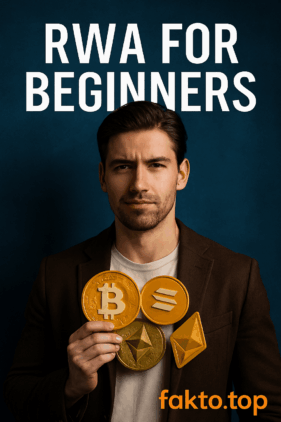
The process is simple: deposit → buy token → check your holdings. No need for brokers, paper bonds, or waiting days for settlement. Everything is near-instant, transparent, and accessible 24/7.
Step 3: Earning and Cashing Out Yield
Your token will generate yield automatically. The platform collects interest from the underlying Treasury or asset and distributes it proportionally to token holders. You can reinvest or cash out at any time, following the platform’s simple redemption process.
This is where RWA shines: you earn the safe yield of traditional finance with the convenience and speed of crypto. No more waiting for monthly statements or dealing with bank holidays. Your digital receipt works while you sleep, giving you peace of mind and growth simultaneously.
Bottom Line
Starting with RWA is straightforward: choose a compliant platform, verify your identity, buy a token, and enjoy yield. It’s the simplest way for beginners to safely explore crypto while earning real-world returns. Step by step, you gain confidence, knowledge, and exposure to the future of finance.
Frequently Asked Questions (FAQ) and Glossary
FAQ
Is tokenized RWA yield guaranteed?
No, the yield is not guaranteed. However, the risk is very low because these tokens are backed by real assets like U.S. Treasuries. It’s much safer than typical crypto investments, though like any financial instrument, small fluctuations can occur.
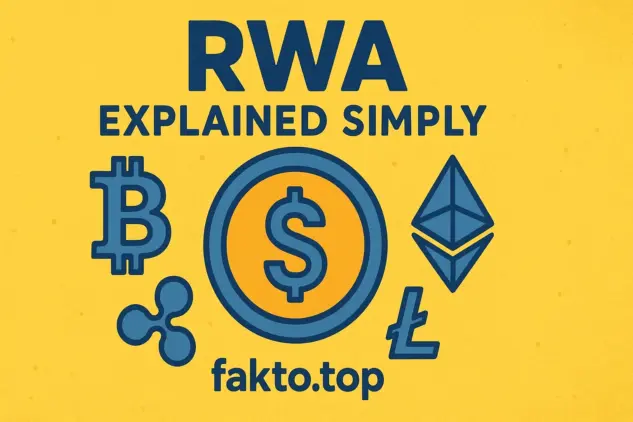
Do I need a special crypto wallet to hold RWA tokens?
Usually not. Most compliant platforms store your tokens securely on your behalf. Some advanced users may use personal wallets, but beginners can rely on platform custody without worry.
How is RWA different from a Stablecoin like USDC?
Stablecoins are digital tokens pegged to a fiat currency, but they are not backed by specific bonds or Treasuries. RWA tokens represent an actual claim on a tangible asset, making them safer and legally recognized as securities.
Can I trade RWA tokens 24/7?
Yes. One of the benefits of tokenization is that trading and redemption are near-instant, available anytime, unlike traditional banks or brokerages with limited hours.
Glossary of Key Terms
| Term | Simple Explanation |
|---|---|
| Custodian | The licensed company that physically holds the bond/asset for you. |
| STO | Security Token Offering. A token that follows government security rules. |
| T+0 Settlement | Near-instant transfer (no waiting days for banks). |
| SPV | Special Purpose Vehicle. The legal “safety box” that protects your assets. |
| KYC | Know Your Customer. Legal ID verification required for regulated platforms. |
RWA vs Traditional Crypto: Quick Comparison
| Feature | Tokenized Treasuries (RWA) | Bitcoin/Ethereum (Traditional Crypto) |
|---|---|---|
| Primary Goal | Earning Stable Yield (Income) | Price Appreciation (Growth) |
| Underlying Value | U.S. Government Debt | Network Supply/Demand |
| Safety Net | Legal Custodian/Law | Code Audit/Community |
| Investor Check | Mandatory KYC | Usually No KYC |
Final Disclaimer
This guide is for educational purposes only and does not constitute financial advice. Tokenized RWA investments carry risks, including the possibility of loss, though they are considered low-risk due to government backing and custodian protection. Always conduct your own research and consult with a licensed financial advisor before making any investment decisions.
By following this guide, you now have a clear understanding of what Real-World Assets (RWA) are, how tokenized Treasuries work, the safety mechanisms in place (Custodian and SPV), and the practical steps for getting started. You’re equipped to explore stable, compliant crypto investments with confidence — bridging the gap between traditional finance and blockchain technology.
